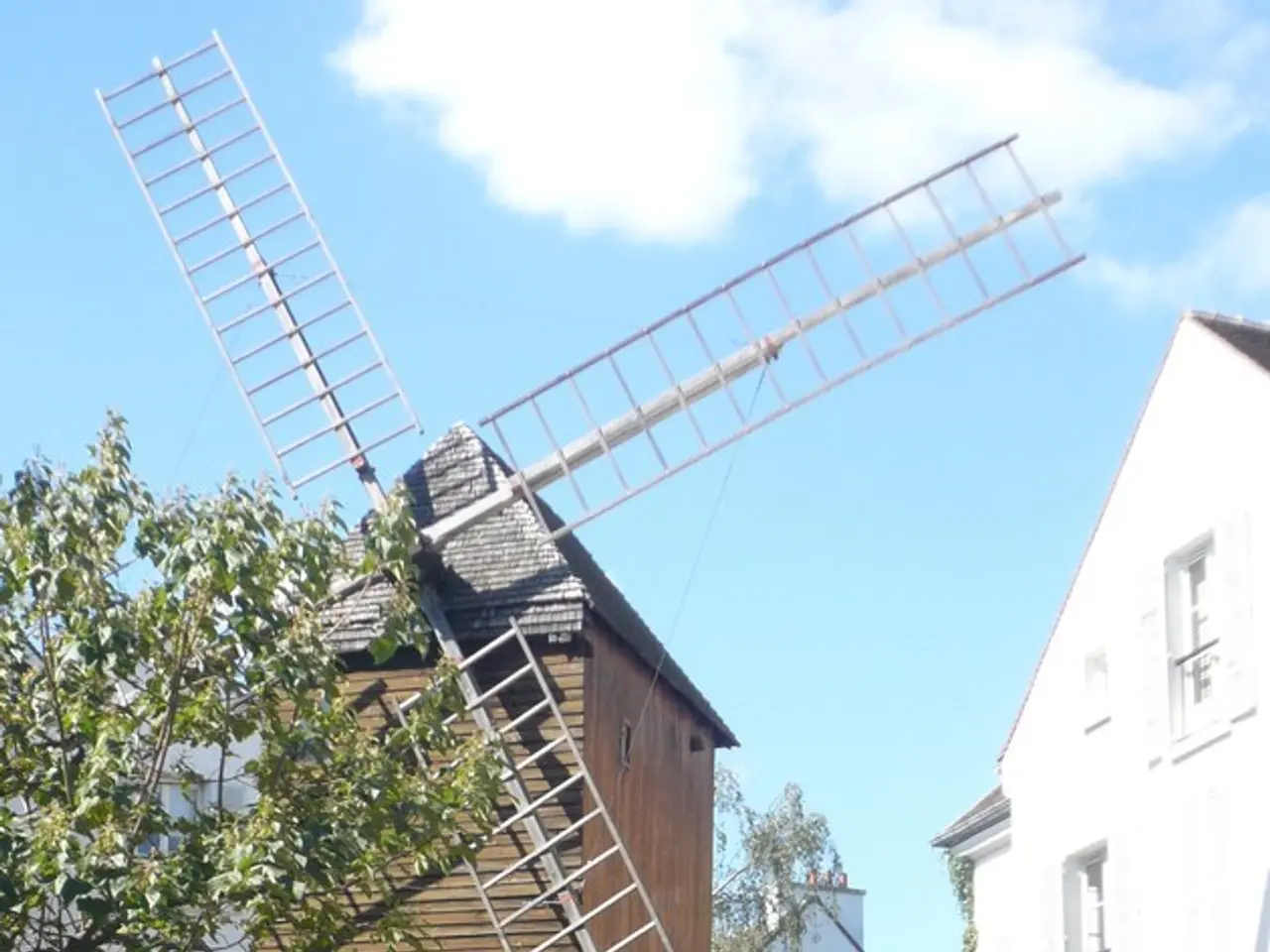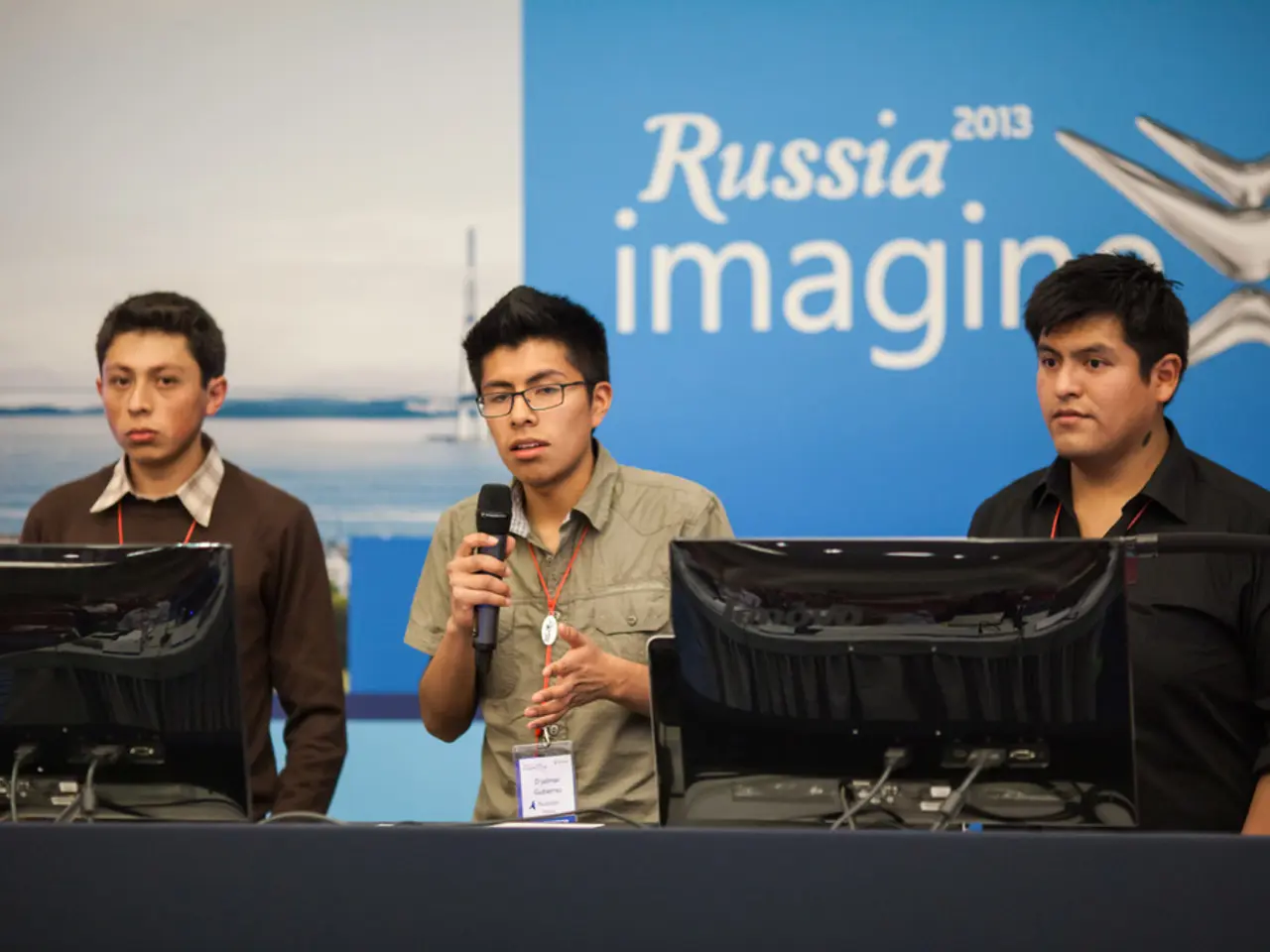Japanese steel company Nippon Steel set to provide wind tower steel to Vestas in regions spanning Europe and Asia.
Japan has set an ambitious goal to achieve 30–45 GW of offshore wind capacity by 2040, a significant increase from the current operational capacity of 288 MW as of mid-2025 [2][5]. This ambitious target includes both fixed-bottom and floating wind farms, with a near-term goal of 10 GW by 2030.
Key developments supporting this target include the recent passage of the EEZ Law, which expands offshore wind farm installation areas from territorial seas (up to 12 nautical miles) to include Japan’s Exclusive Economic Zone (EEZ), extending up to 200 nautical miles offshore [3][4]. This law centralizes regulatory authority under the national government for EEZ projects, aiming to facilitate development in deep-sea waters suitable for floating offshore wind farms [3][4].
However, achieving this target presents several challenges. Grid capacity constraints are a significant issue, as the current electricity grid may not be sufficient to support up to 45 GW, requiring expensive upgrades and development of ports capable of handling floating wind farm infrastructure [4].
Stakeholder coordination and fisheries conflicts are also major concerns. Expansion into the EEZ removes prefectural governments from local stakeholder engagement, complicating negotiations with fishing communities. The loss of incentives previously offered to coastal fishers and the need for new coexistence measures with fisheries pose bottlenecks and risks of project delays [3][4].
Regulatory and compliance risks are another challenge. The transition to centralized permitting for EEZ projects introduces potential bureaucratic delays. Early-stage consultations are hampered by the lack of a centralized fisheries activity database, prolonging conflict resolution in zones such as Matsumae and Hiyama [4].
Financial and operational uncertainties also loom large, as floating offshore wind is still an emerging technology with higher costs and technical challenges. These factors raise capital risk and investor caution despite supportive policies [4].
In addition to these challenges, Japan has entered into strategic partnerships to help achieve its offshore wind goals. For instance, a partnership framework has been established with U.S.-based GE Vernova for collaboration in wind power, hydrogen, and ammonia technologies [unspecified]. METI has also launched a partnership with Siemens Gamesa Renewable Energy, and Siemens Gamesa has agreed to collaborate with Japanese electronics firm TDK to supply magnets for wind turbines [unspecified].
Despite these partnerships and three rounds of government auctions, progress has been slow. Nippon Steel plans to launch low-emission steel products next year, but there is no information available about any other collaborations or partnerships beyond those mentioned, or any other targets or initiatives related to renewable energy beyond offshore wind capacity [unspecified].
In conclusion, Japan’s ambitious 45 GW offshore wind target by 2040 is enabled by recent legal reforms and strategic partnerships but is constrained by grid infrastructure limits, complex fisheries stakeholder dynamics, regulatory uncertainties, and the technical challenges of floating wind technology. Achieving this target will require coordinated regulatory, financial, and community engagement efforts alongside infrastructure investments [1][2][3][4][5].
- The ambitious target of 45 GW offshore wind capacity by 2040 in Japan includes the development of both fixed-bottom and floating wind farms, which is supported by the recent passage of the EEZ Law facilitating installation in deeper waters.
- Achieving this target presents several challenges, such as grid capacity constraints, stakeholder coordination and fisheries conflicts, regulatory and compliance risks, and financial and operational uncertainties related to the emerging technology of floating offshore wind.
- To help achieve this target, Japan has established strategic partnerships with companies like GE Vernova, Siemens Gamesa Renewable Energy, and TDK, focusing on collaboration in wind power, hydrogen, and ammonia technologies.
- Despite these partnerships and government auctions, progress towards the renewable-energy goal has been slow, and there is a need for further collaborations, initiatives, and investments in other renewable-energy areas like science, technology, and environmental-science, to support the industry and preserve the environment.




